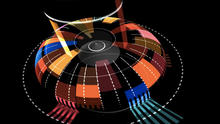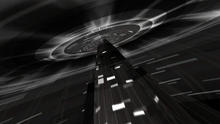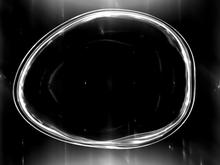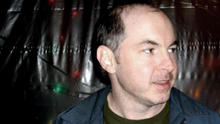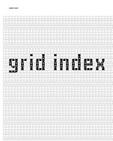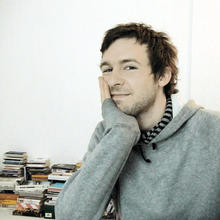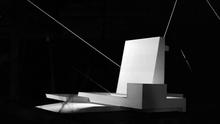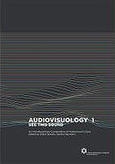Paul Prudence
is an artist and real-time visual performer working with generative and computational systems. He is particularly interested in the ways in which sound, space and form can be synthaesthetically amalgamated.
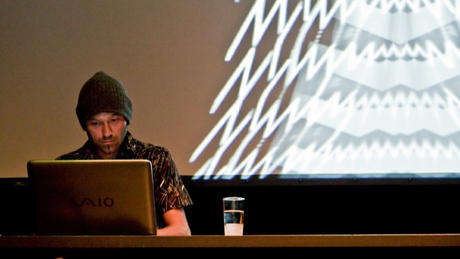
Paul Prudence is an audio-visual performer and live-cinema artist working with computational, algorithmic and generative environments. His work, which had been shown internationally, focuses on the ways in which sound, space and form can be cross-wired to create live-cinematic visual-music experiences. He is also interested in structuralist film, expanded cinema and contemporary VJ practice.
Paul has given lectures and workshops on computational film making techniques to a wide range of audiences and venues - from MFA students to art-science conferences and through to digital arts festivals. He has presented his personal work and his inter-media research at venues such as The Royal Institution and The Science Museum in London, School of Visual Arts in New York City, and other academic institutions internationally.
Paul maintains the research weblog Dataisnature in which he writes about the interrelationships between natural processes, computational systems and procedural-based art practices. He has authored chapters in a number of books covering visual effects and interface design in the Flash environment. He is regular contributor to Neural magazine, which covers new media art, electronic music and hacktivism. He is also a guest contributor to creativeapplications.net reporting on innovation and emerging currents at the intersection of art, media and technology.
Source: Dataisnature
Paul Prudence: "There are a lot of similarities between the artistic and the scientific world, and in the computer and video arts area this is especially clear: you have scientists that try to model nature using algorithms and cellular automata, and artists using these same things to create art. The mathematics behind something like videofeedback is very similar to things you find in nature, like for example interference patterns and waves.
Working with videofeedback, is almost like working with a natural system. Artists are scientists again. They can put everything in a petri dish and watch what happens. What happens when we change this system, take parts out, or use different frequencies? You have this constant interplay between individual elements which also affects the whole. This creates generative aspects that are totally outside the person and the program. They exist within their own right. To me that is verging on a level of alchemy or mysticism. It’s not determined any more by the program – it’s some ghost in the machine."
Source: Rupture


